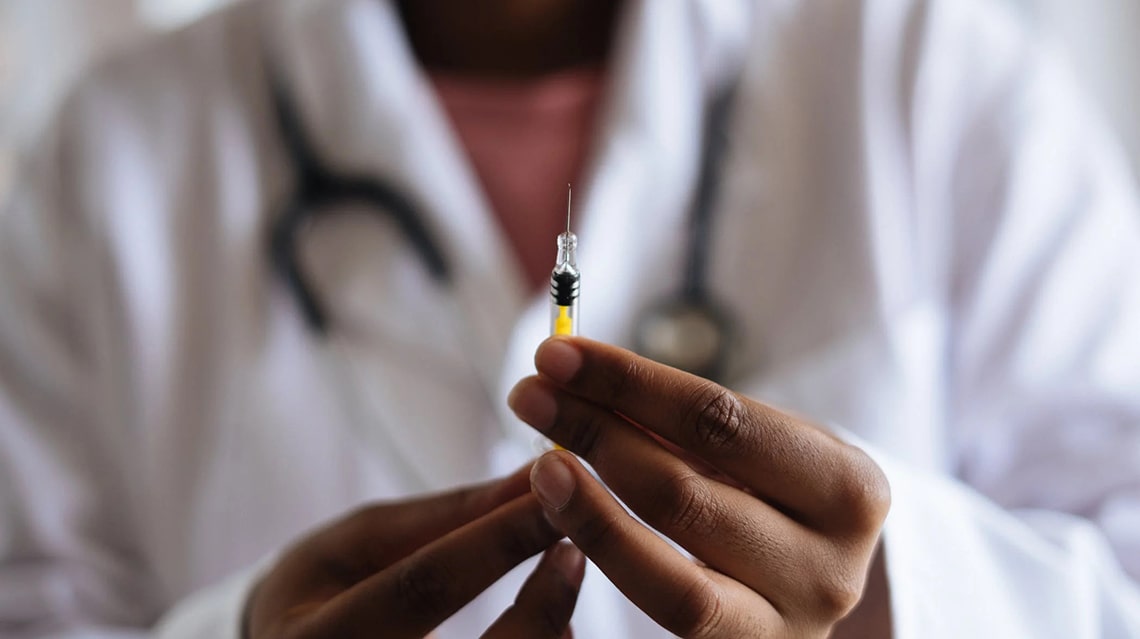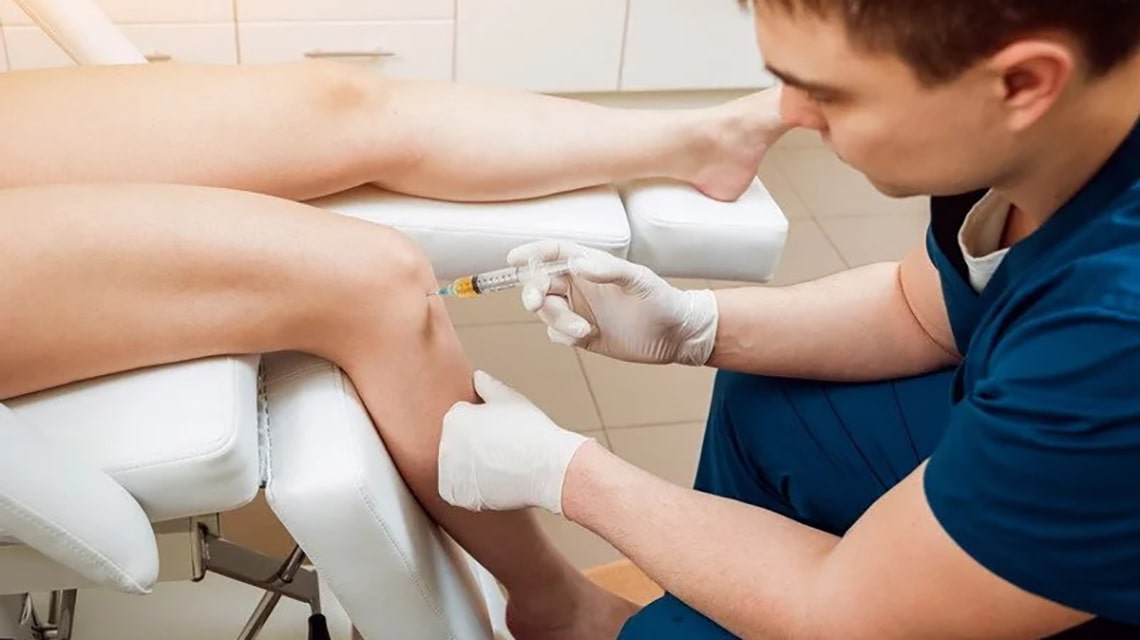PRP Shows Promise for Treating Diabetic Peripheral Neuropathy

Doctors and clinics that rely on us for total nucleated cell and PRP kits are generally using regenerative medicine procedures to deal with musculoskeletal issues.
They are treating people suffering from sports injuries, osteoarthritis, and the like. Some purchase PRP kits for aesthetic medical treatments as well.
Could there be a day when our clients need PRP supplies to treat patients suffering with diabetic peripheral neuropathy (DPN)? If a new study published in the Pain Medicine journal is backed up by future research, PRP therapy could end up becoming a mainstream treatment for DPN. The study shows that PRP injections can “enhance local healing, tissue remodeling, and nerve axonal regeneration, and to improve recovery of nerve function in patients with neuropathic pain,” according to Clinical Pain Advisor’s Dr. Amit Akirov, MD.
What Causes DPN
DPN is essentially nerve damage resulting from consistently high blood sugar levels. It is a frequent problem among type II diabetes patients who experience it via symptoms ranging from pain in the extremities to numbness and loss of sensation. Some 60% to 70% of all diabetes patients eventually experience DPN to some degree. The condition is a direct result of nerve damage. Chronically high blood sugar levels cause damage to a variety of nerves throughout the body resulting in an inability of those nerves to carry messages to and from the brain. DPN symptoms can range from mild to debilitating.
A Study Overview
Getting back to the study in question, it was conducted by researchers at the Assiut University Hospital in Egypt. It was conducted as a random outcome-assessor blinded study involving 60 patients with both type II diabetes and some level of DPN. Patients were randomly assigned to two groups. The control group received only standard medical care. The study group received both PRP injections and standard medical care. Patients were evaluated for DPN symptoms throughout the study period as well as at one-, three-, and six-month follow-up intervals.
Using standard scoring methodologies, it was determined that the study group patients showed greater improvement from the start of treatment through the end of the six-month follow-up. In short, they reported less pain and discomfort associated with DPN. The results of the study led the authors to conclude that “perineural PRP injection is an effective therapy for alleviation of diabetic neuropathy pain and numbness and enhancement of peripheral nerve function.”
The Possible Mechanism
The study’s authors did not go on to explain the mechanism behind PRP’s effectiveness in treating DPN. However, they did speculate that the injections encourage local healing including tissue regeneration and improved nerve function. Knowing what we know about PRP and its growth factors, their speculation seems reasonable. Doctors and clinics that buy their PRP supplies from Apex rely on the same mechanism. They know that the growth factors contained in concentrated PRP are used by the body to address injury and disease. In short, they are tools naturally utilized for healing even without injections. Giving the body more tools to work with through PRP injections should, at least theoretically, enhance healing.
As for the study out of Egypt, it has demonstrated that PRP therapy shows great promise for treating patients suffering from DPN. More research is necessary to better understand its mechanisms and long-term results. But just from what we can glean from this study, things look good. Hope could be on the horizon for diabetes patients who find their quality of life diminished by DPN. Assuming PRP therapy proves effective, it could mean more mobility, less pain, and a more enjoyable daily experience for millions of people.
-3.jpg?width=693&height=225&name=Apex%20Logo%20(NEW%20-w-o%20gradient)-3.jpg)

